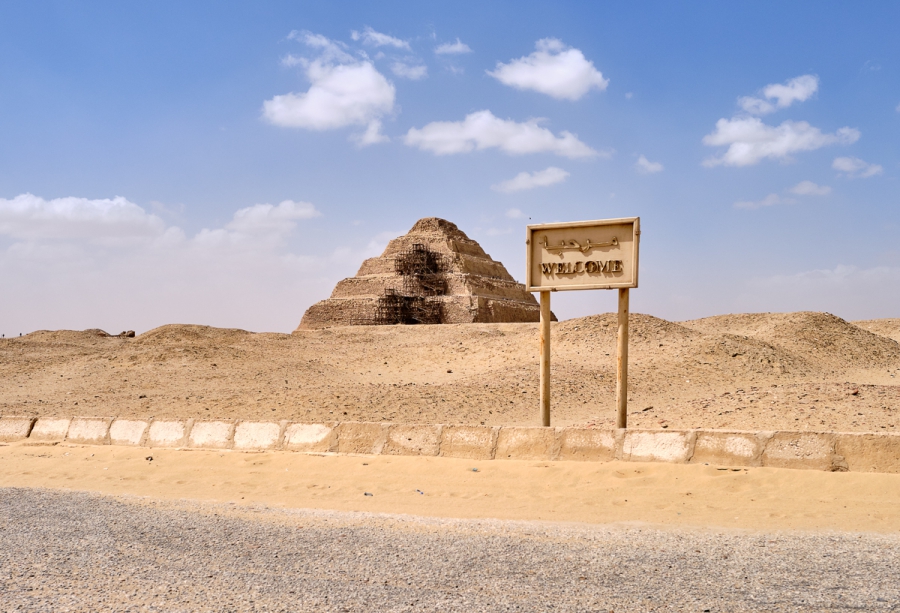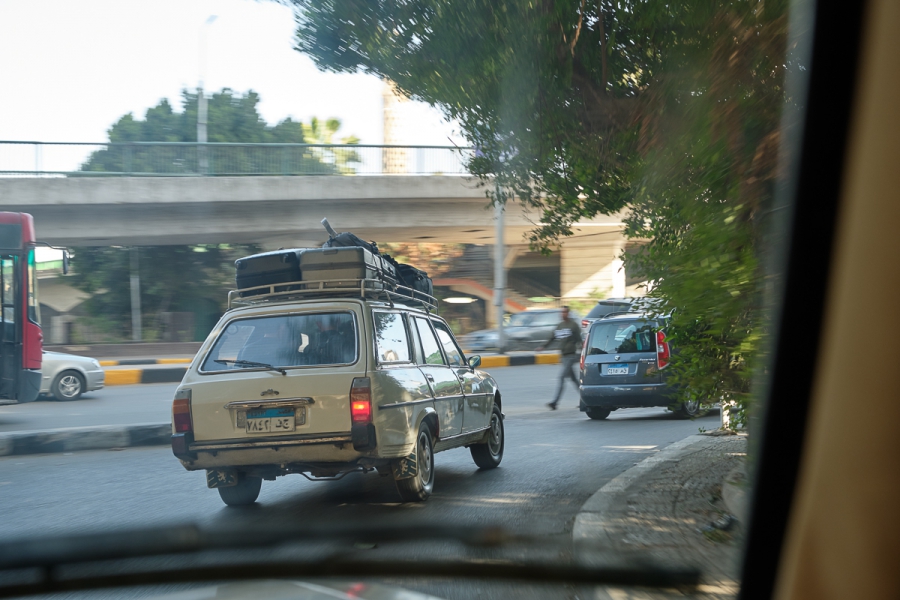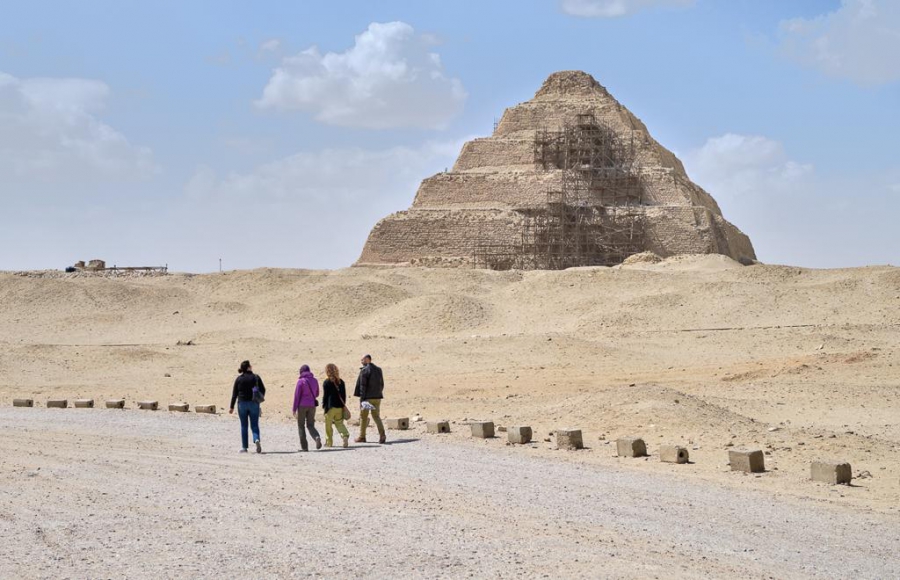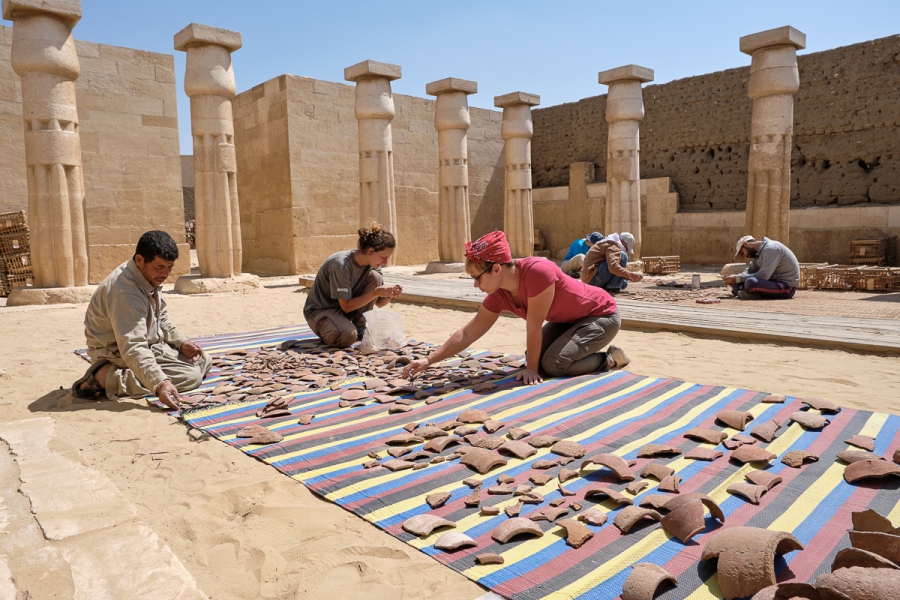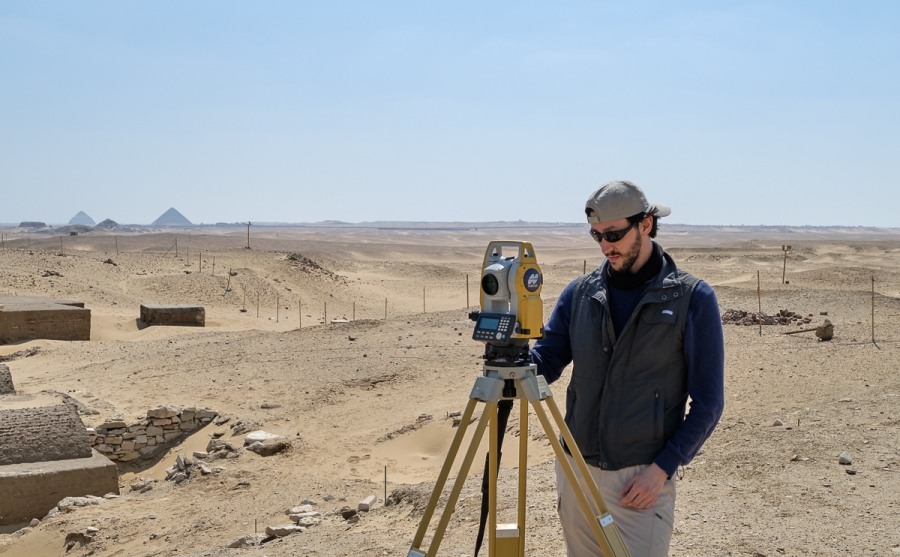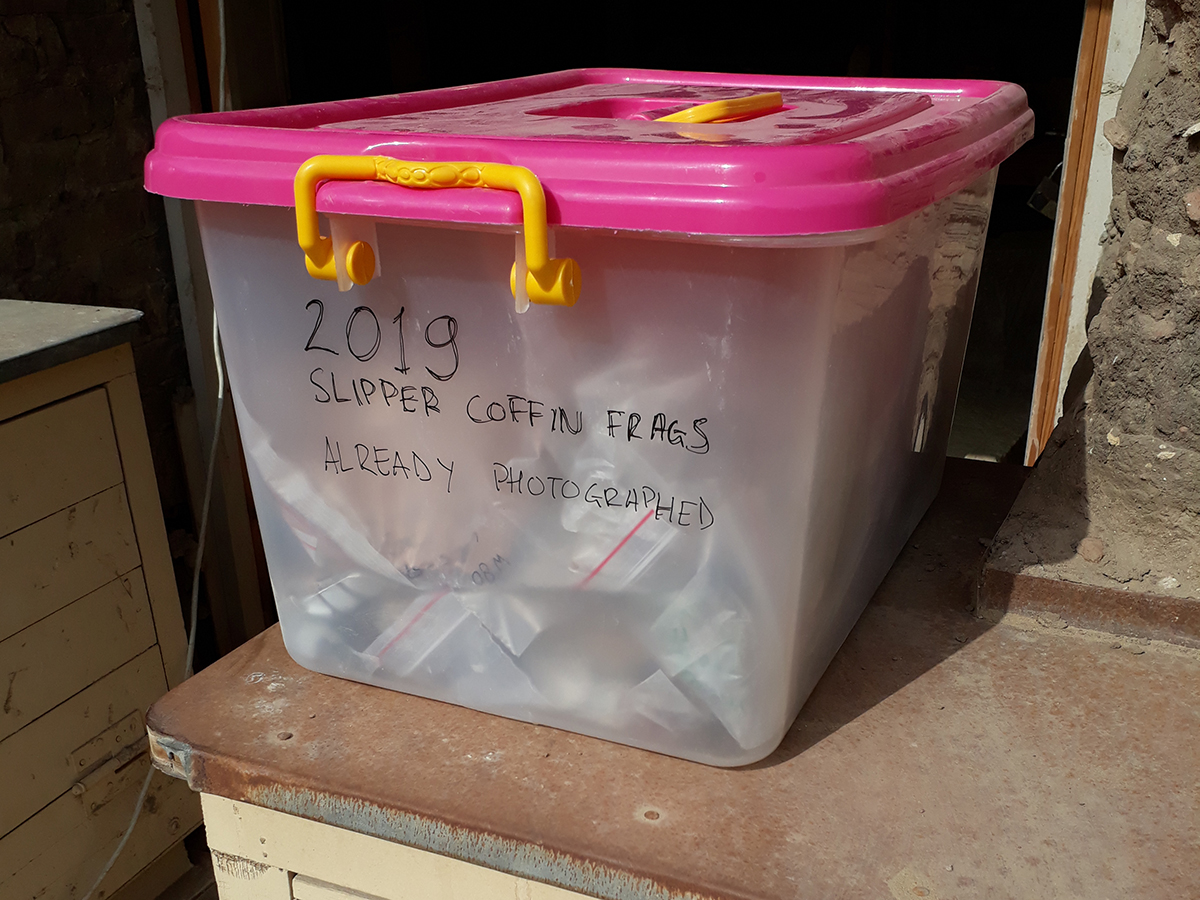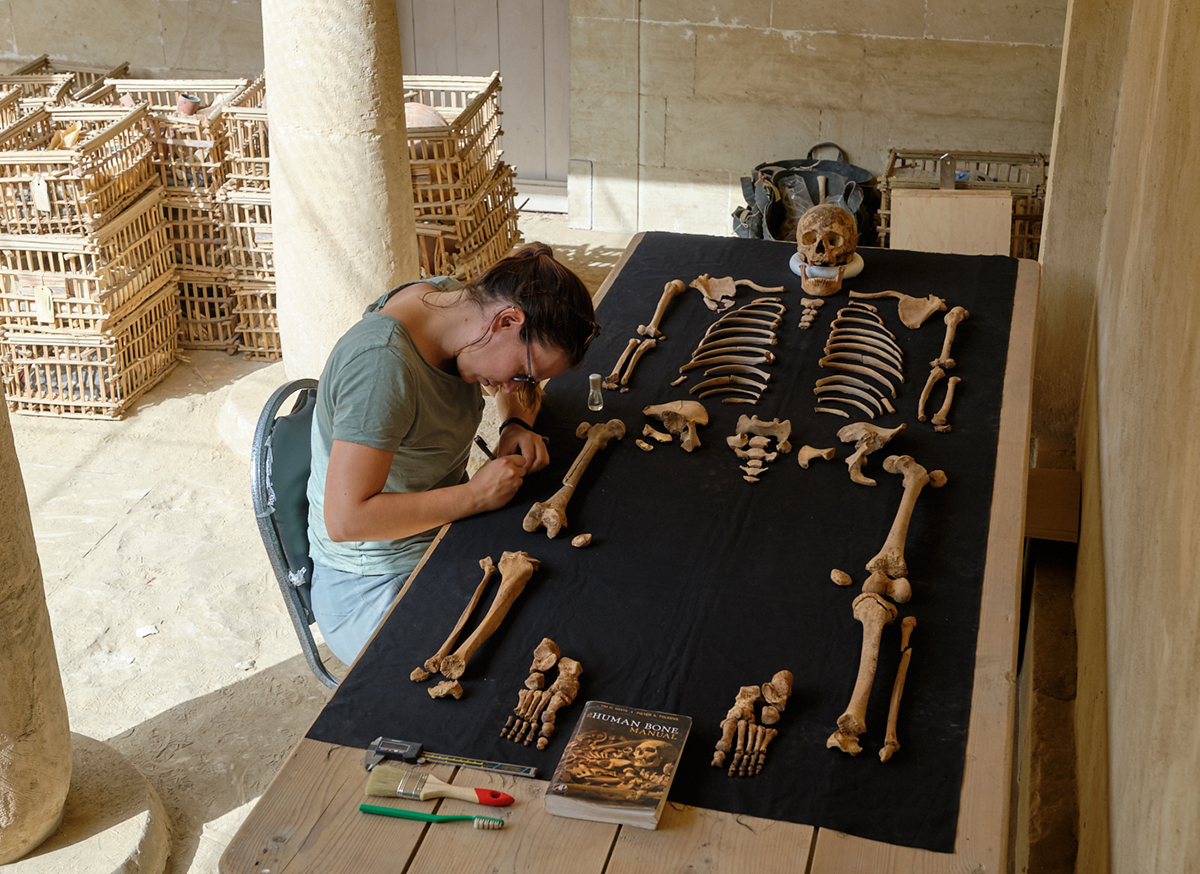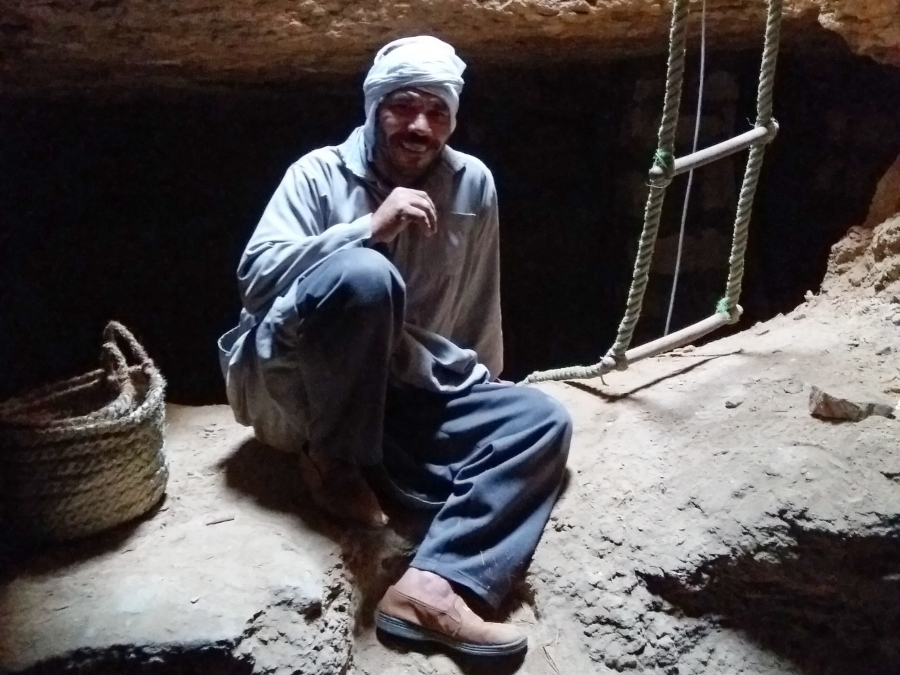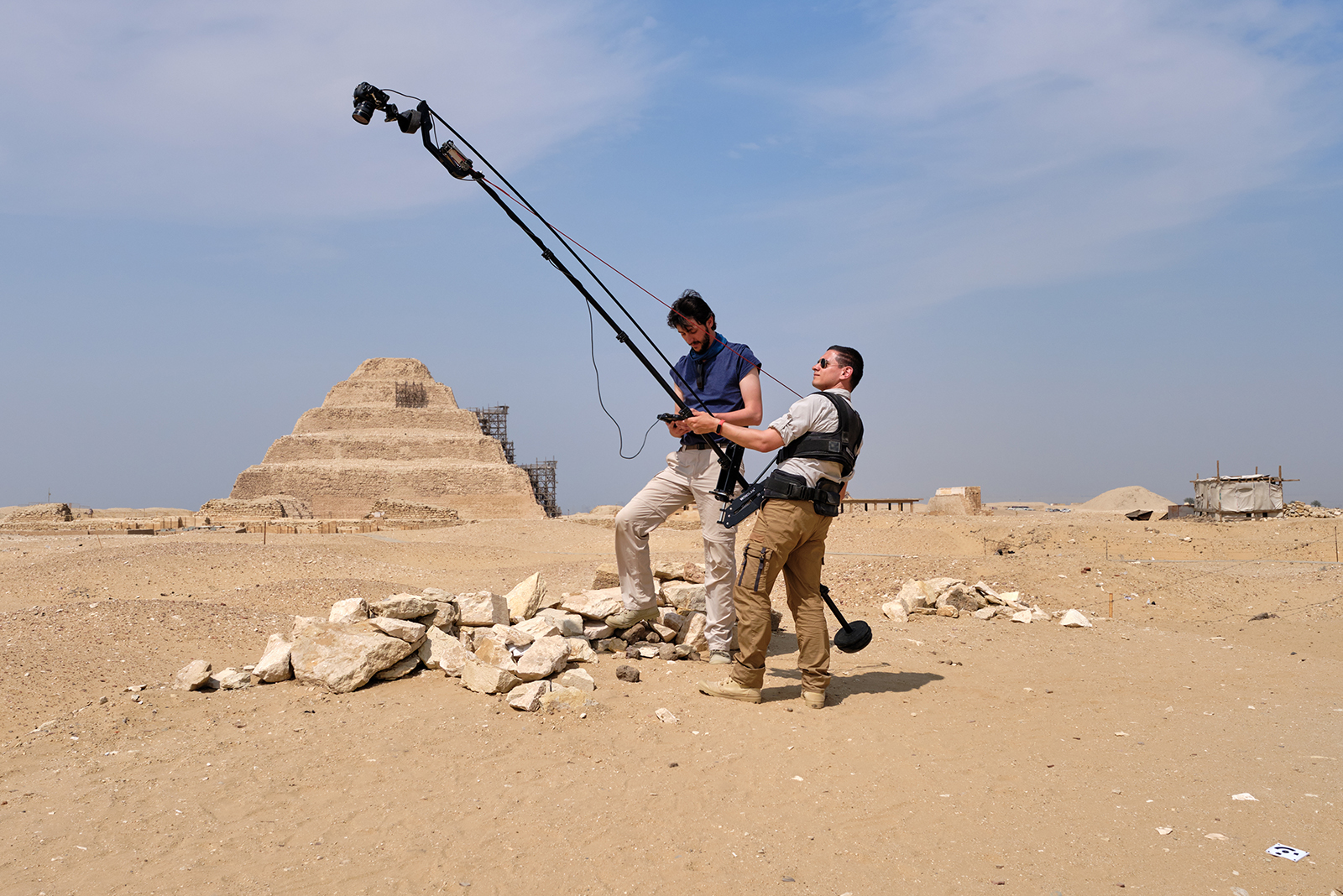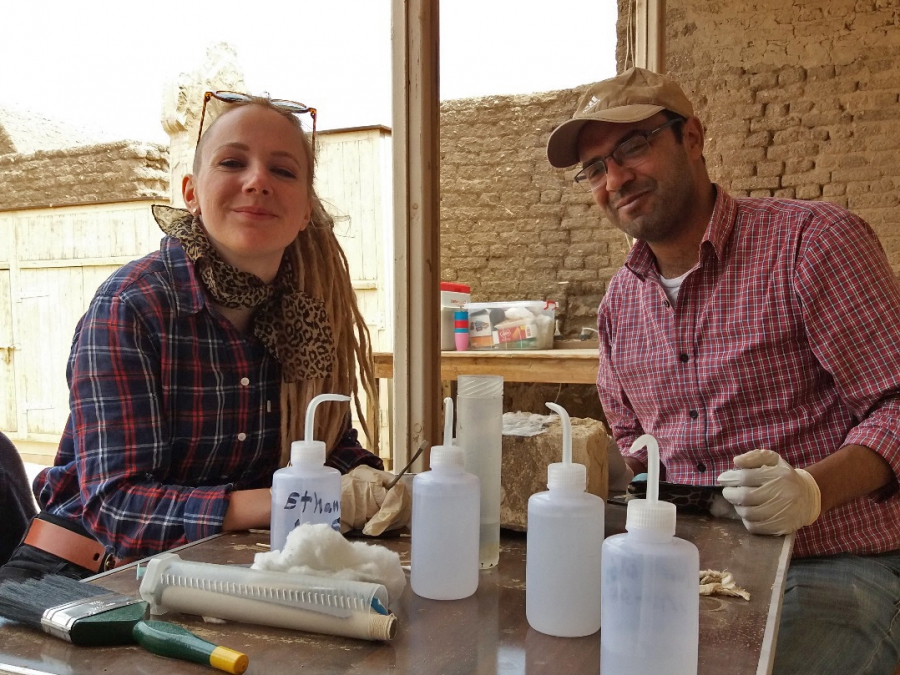It’s on! This year’s excavation campaign (17 March to 24 April) started far more comfortable than we are used to. Because of the frequent travels to Egypt in the scope of our new EU project with the Egyptian Museum in Cairo we were able to negotiate a nice deal with a hotel in Zamalek that we are also allowed to use for our travel to the excavation. This is nice, because we have now a big team where we can all be together. On Friday 15 March, the whole team could therefore share a delicious breakfast buffet with Nile view! After some shopping we were ready to go to Saqqara. Our Saqqara driver Hassan Yusef came to pick us up in his Peugeot and Moshir Tawfik, the driver of NVIC, came as well with two cars to get the total of 13 team members and all our equipment to the dig house.

Driving to Saqqara. Photo: Nicola Dell’Aquila.
Atef Sayed Ramadan, our cook, had already arranged for our equipment such as books and mosquito nets to be moved to the house from the Saqqara storage. So, we could unpack immediately upon our arrival. The next day, Saturday 16 March, the team went on a field trip to the Imhotep site museum, the Serapeum, the Djoser complex, and the tombs of Maia and Nemtymes in the Bubasteion area.
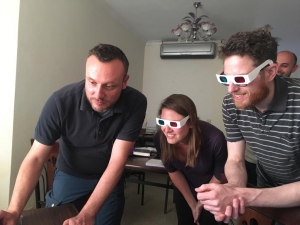
From left to right: Deputy field director Paolo Del Vesco, and Leiden University Archaeologists Miriam Müller and Nico Staring looking at a new 3D model of our excavation area kindly made by the 3D Survey Group / Politecnico di Milano. Photo: Luca Perfetti.
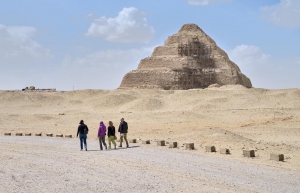
From left to right: Field director Lara Weiss, Archaeologist Miriam Müller, Pottery specialist Valentina Gasparini, and Epigrapher Daniel Soliman walking to the pyramid complex of Djoser. Photo: Nicola Dell’Aquila.
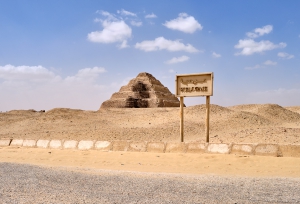
Welcome to Saqqara. Photo: Nicola Dell’Aquila.
On Sunday 17 March, we opened the site and started working. Important to know for our friends and colleagues is a new regulation by the Supreme Council of Antiquities (SCA), that limits our opportunity to receive visitors, as they now have to be approved by an official letter by the Head of the SCA, Mostafa Waziri. We are therefore obliged to kindly ask you not to visit our excavation area this season to avoid difficulties.
The plans for this season’s work are exciting. We will continue to work in the area north of the tomb of Maya and explore and excavate the entrance to the new large tomb we found in 2018.
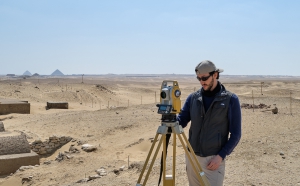
Luca Perfetti surveying the site. Photo: Nicola Dell’Aquila.
In addition, PhD student Luca Perfetti, a member of the 3D Survey Group, will survey the underground chambers of the Early Dynastic tomb that is situated underneath of the tomb of Meryneith. These subterranean rooms were already discovered at the time of excavation of the tomb of Meryneith (c. 1325 BC), but with the new methodology we hope to get even better analysis results of the space to be published soon by Ilona Regulski. In addition, the 3D Survey Group started a new survey of the tomb of Horemheb.

Valentina Gasparini, Alice Salvador and a few workmen in the tomb of Horemheb. Photo: Nicola Dell’Aquila.
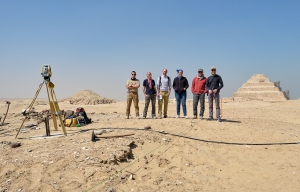
Part of the team in front of the pyramid of Djoser. Photo: Nicola Dell’Aquila.
Work is also continuing on material from previous seasons, including small finds, pottery and skeletal material. Osteologist Ali Jelene Scheers studies the child burials we found last year, and Pottery specialists Valentina Gasperini and Alice Salvador keep up with the pottery found in 2018 and continue with the creation of their new typology.
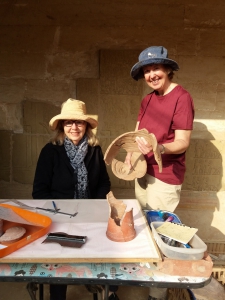
Lyla Pinch-Brock and Barbara Aston working on the pottery from the area south of the tomb of Meryneith.
Last but not least, Barbara Aston and Lyla Pinch Brock will hopefully finalize the pottery for Maarten Raven’s publication of the area of the so-called Five Tombs (forthcoming in the PALMA Series with Sidestone).
In this first week we continued to remove the debris of earlier excavations in the area north of Maya in order to remove the sands and be able to excavate further the tomb that was discovered last season. Beside several small shabti figurines and secondary deposits of burial materials, several objects were found among which a piece of Greek or Coptic papyrus and a small inscribed offering table.
Now we will relax a little bit and catch up on sleep, and very much look forward to continue digging on Saturday!
Lara Weiss

